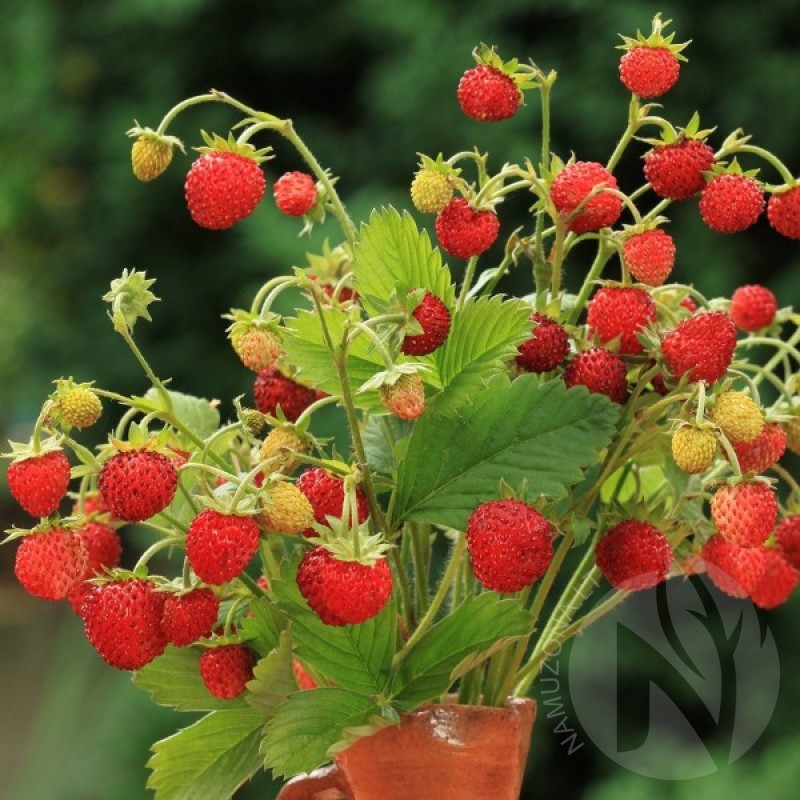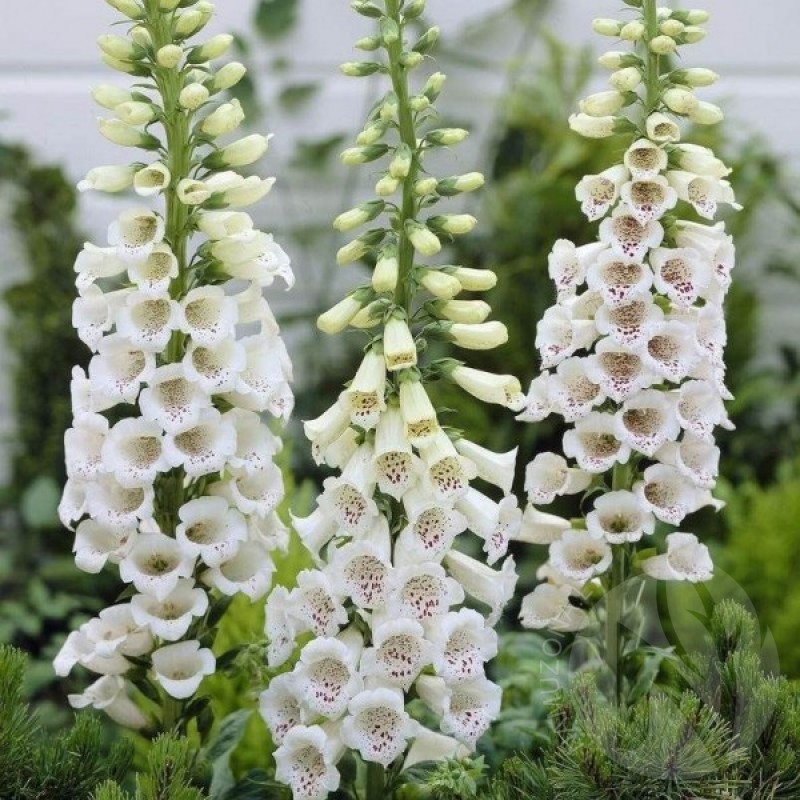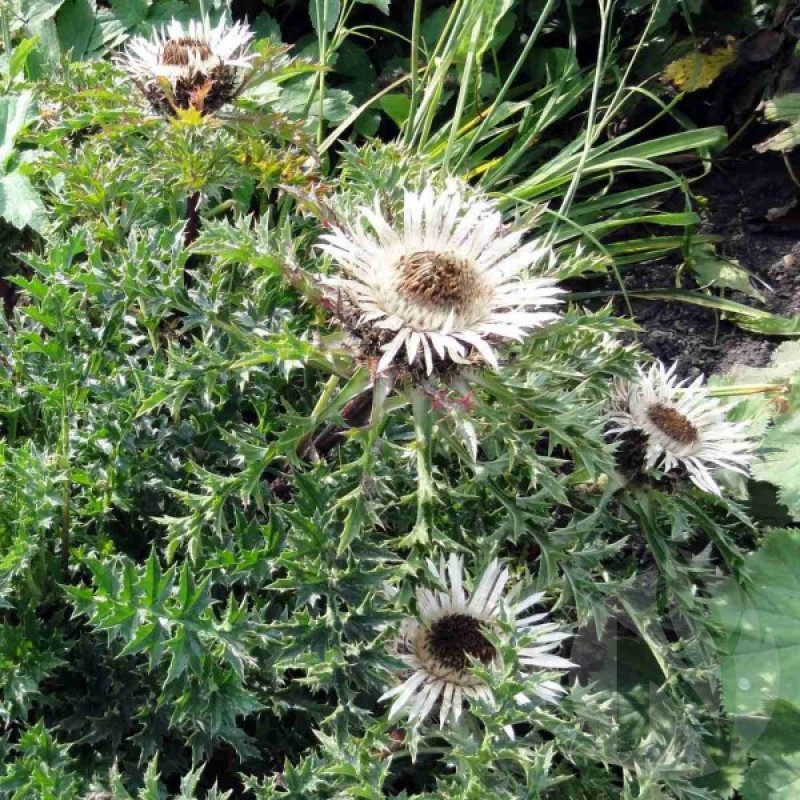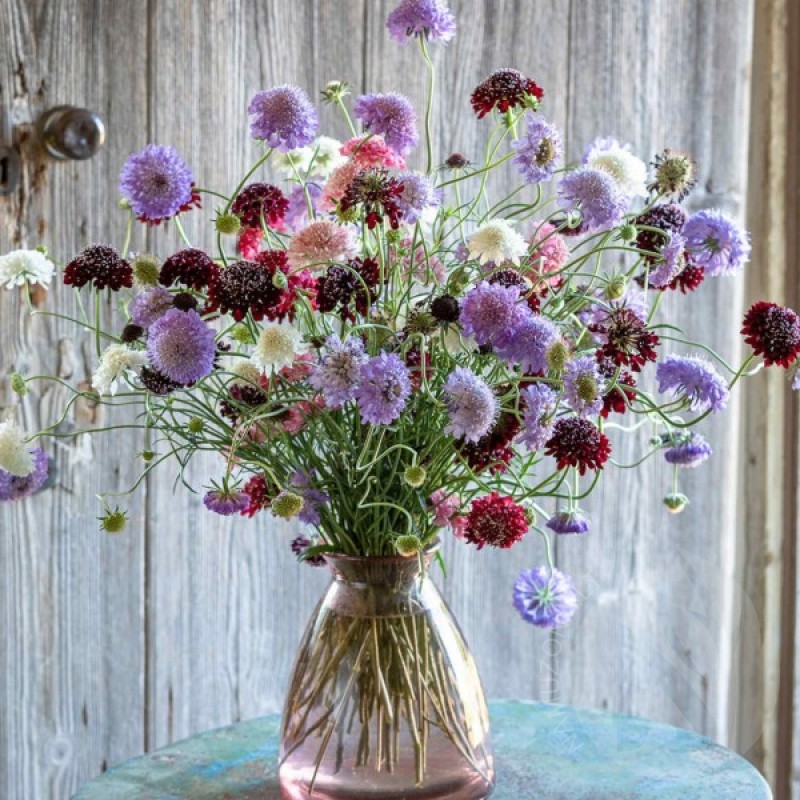
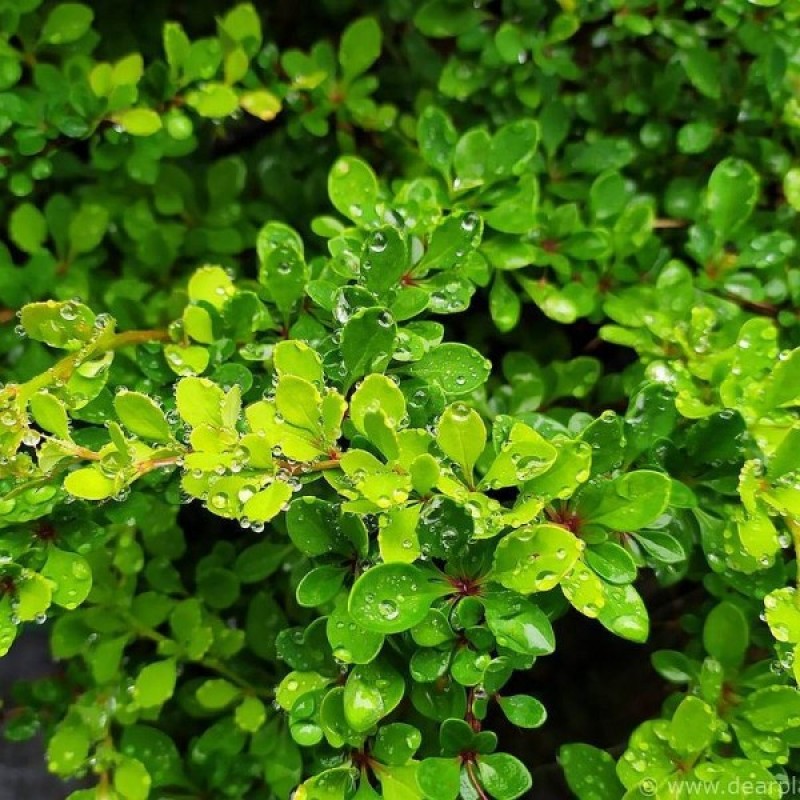


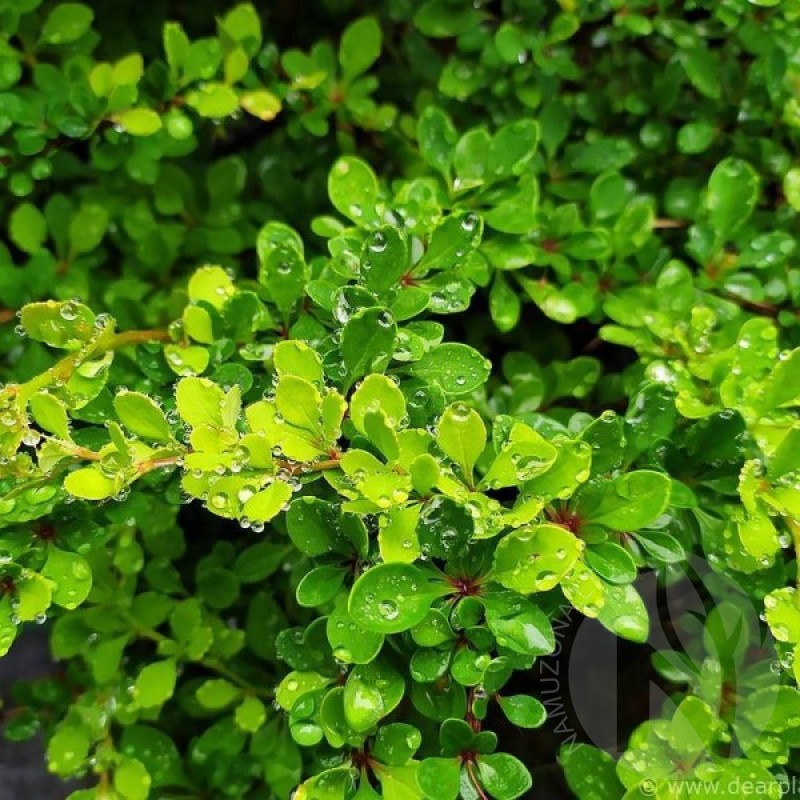
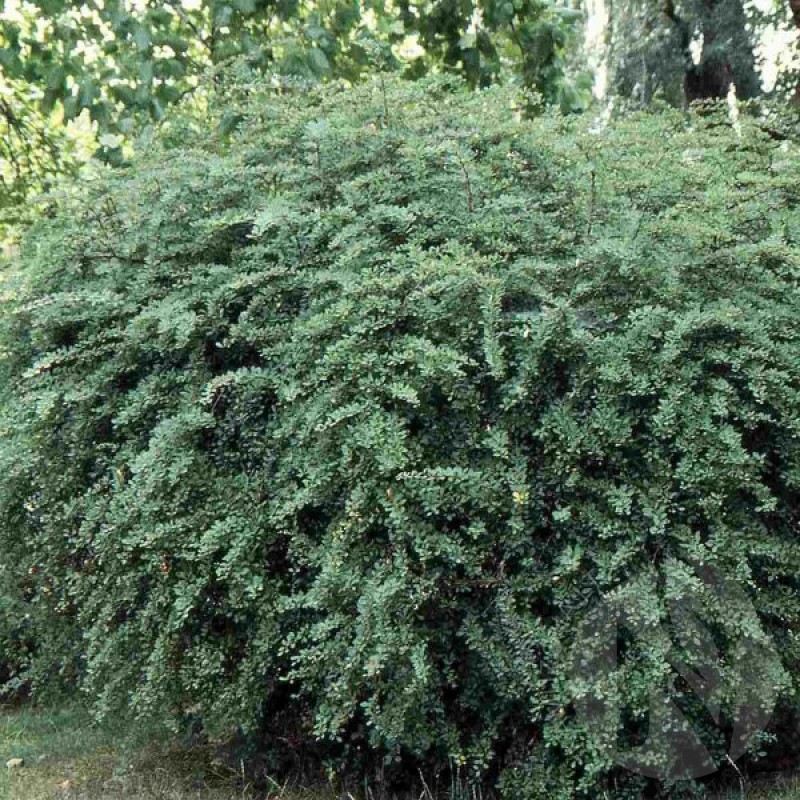
PAY ATTENTION!
All seeds (except SOLD OUT) are available for immediate shipping and will be dispatched within 1-2 business days.
INFORMATION NEEDED? PLEASE CONTACT US NOW!
Tall shrub of the Berberidaceae family. The plant comes from Japan, but is also grown in many other countries of the world.
This shrub has a dense, spreading habit and grows up to 1.5 m in height. Forms thin, woody and grooved, branched, stiff with age, overhanging shoots in the upper part, covered with numerous, small, egg-shaped, green, seasonal shoots. leaves that turn red in autumn . Sharp, thin thorns (usually singly) also grow on the shoots in the leaf axils.
Blooms in spring (May-June), but its tiny, yellow flowers, gathered in small, dangling clusters, do not have great ornamental value. On the other hand, small, elongated, red fruits (they mature in September), hanging from the shoots on thin stalks, like rows of beads, are very decorative. They stay on the plant long after the leaves have fallen (even all winter). They are edible and rich in vit. C, but quite sour. Barberries are plants that attract useful birds to the garden.
Barberry is an undemanding and easy-to-grow plant. It feels best in sunny positions and fertile, slightly moist soils, but it can also cope with partial shade and in any typical garden soil. It tolerates air pollution, soil salinity and temporary drought well. It is also frost-resistant and does not require winter cover. When its shoots freeze during the harsh winter, it regenerates well in spring. He also does not expect regular fertilization. In humid and shaded places, it may fall prey to powdery mildew
Thunberg's barberry perfectly tolerates pruning and although it does not require pruning, you can shorten its shoots if necessary (it can be used to create plant garden sculptures).
The bush can be propagated by seed (it is quite often self-seeding), but ornamental varieties should be propagated by shoot cuttings or layering (plants obtained from seeds may differ from the mother specimen).
Thunberg's barberry is widely used in the garden. Its tall varieties are excellent hedge plants, suitable for private hedges. They can also be used to create lines along fences or sidewalks. Varieties with attractive leaves are also beautiful solitary plants that can decorate a lawn or a gravel garden. Low varieties, on the other hand, work well in bedding compositions, e.g. with other barberry, daylilies, rudbeckia, echinacea, roses, Japanese tavulas, slender varicose veins and conifers. They are also suitable for low borders along paths and sidewalks. They can also be grown in containers on balconies and terraces.
Genus - Berberis
Species - Thunbergii
Common name - Japanese Barberry
Pre-Treatment - Required
Hardiness zones - 4 - 8
Height - 0,90 - 1,50 m
Spread - 1,20 - 2 m
Plant type - Shrub
Vegetation type - Deciduous
Exposure - Full Sun, Partial Shade
Growth rate - Medium
Soil PH - Acidic, Neutral, Alkaline
Soil type - Clay, Loamy, Sandy
Water requirements - Average water needs. Water regularly, do not over water
Landscape uses - country gardens, rebates, border borders, hedges, slopes, home gardens, small gardens, large gardens, parks, urban green areas, containers
Bloom season - Spring, Late Spring
Leaf / Flower color - Green / Yellow, Yellow Green
GERMINATION INSTRUCTIONS
For faster germination, soak the seeds in slightly hot water for 24-48 hours, followed by cold stratification before sowing in sterile gardening soil.
1. Mixed in seeds with slightly moistened vermiculite or peat, only damp in a ziplock bag. Close zip bag shut and store it in the salad crisper compartment of your refrigerator for 90 days.
If any seeds begin to sprout during the cold stratification, simply remove the seed and plant 3 mm deep.
2. Keep damp soil, not soaking wet. Keep the pot in warm situation +20-+24C.
Germination can take 2-3 months.
Atsiliepimų apie šią prekę kol kas nėra.
No questions about this product.

